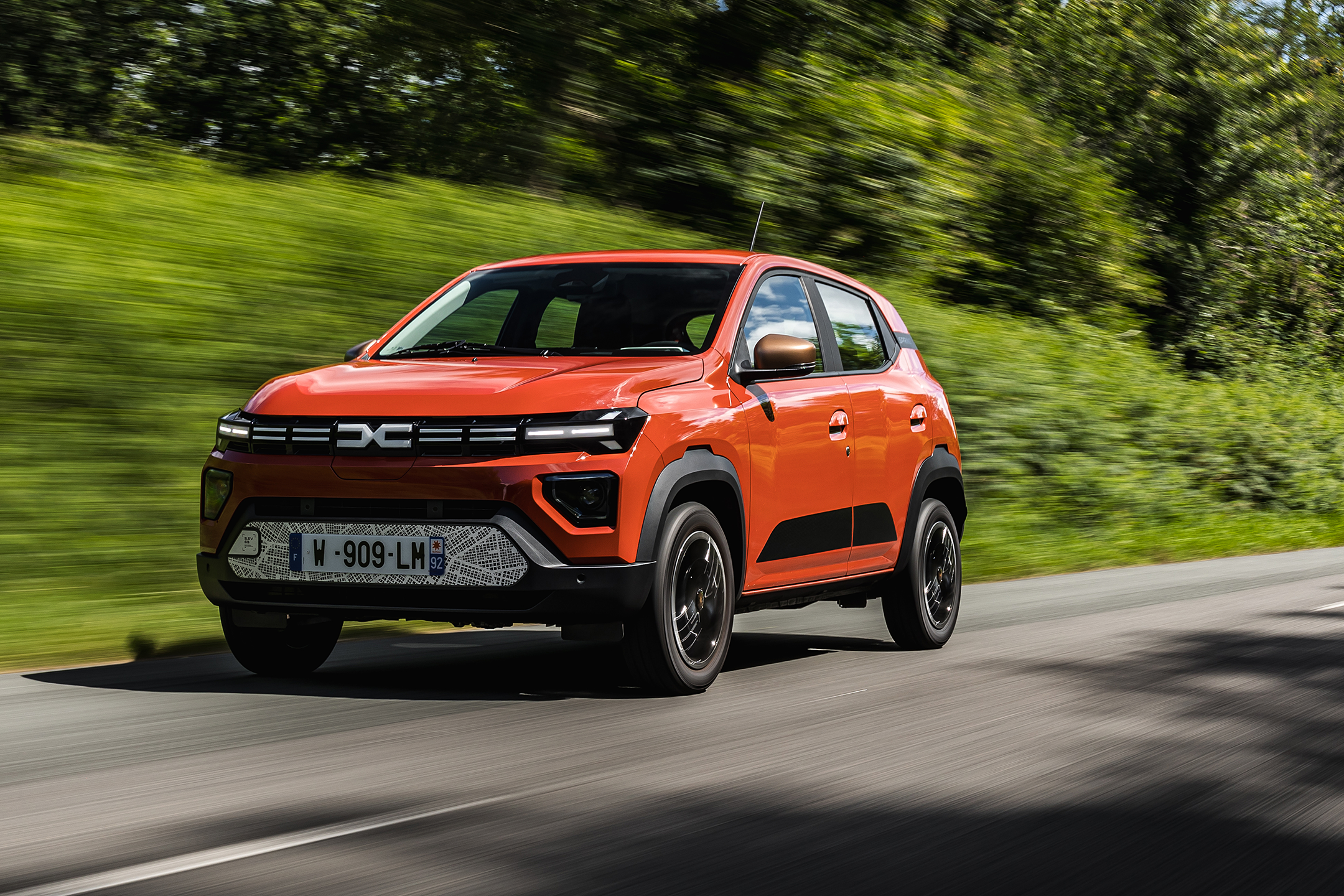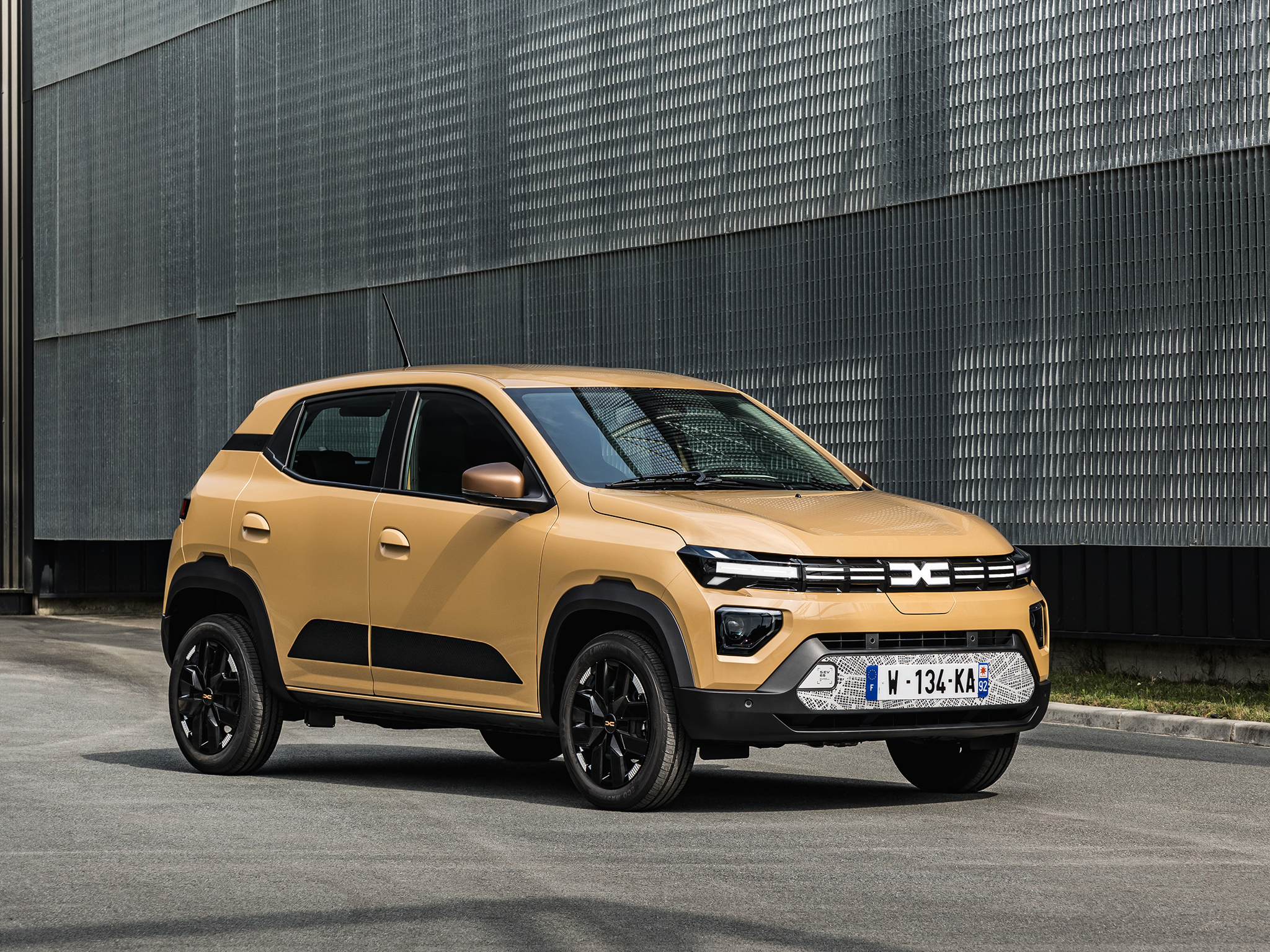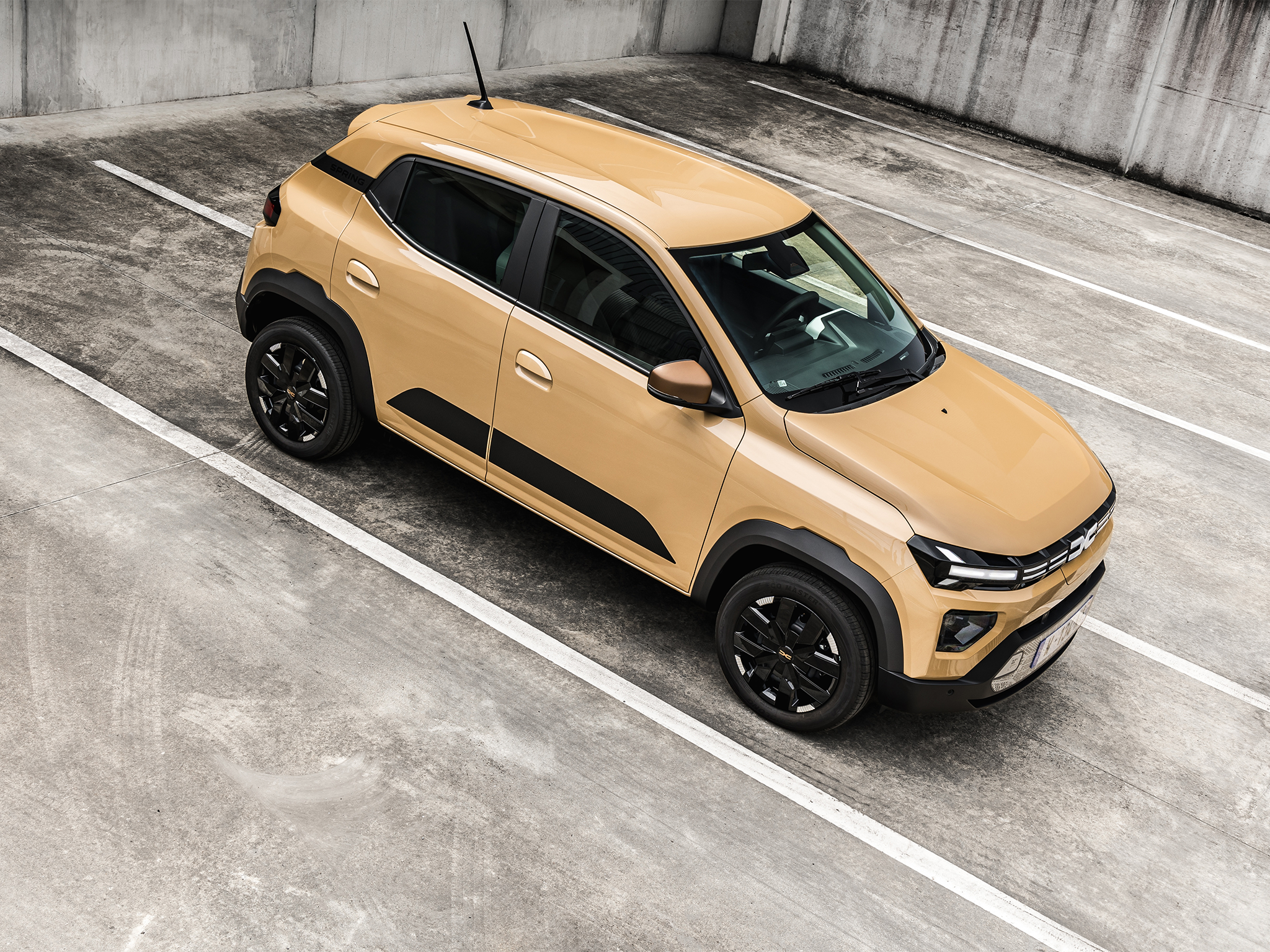Dacia Spring review: The most affordable EV we’ve tested
Likely to remain the UK’s cheapest EV for the foreseeable future, the Spring isn’t without its compromises, but it will more than do the job for someone wanting an EV as a second family car or an urban runabout

The Independent's Electric Vehicles Channel is sponsored by E.ON Next.
The Dacia Spring has already been a smash hit for the Renault-owned brand across continental Europe, and we see little to suggest it won’t be a success with UK customers too. It’s another typically well-judged vehicle from Dacia, in fact, with no real frills but just enough of what most people will need in daily use.
The cabin has space for two grown-ups and two children, the boot is big enough for a week’s groceries and while the range and charging speeds aren’t exactly set up for long-distance cruising, they are perfectly acceptable for suburban use. You shouldn’t expect plush materials inside, or any more than the bare minimum of the legally required safety software. But there is other useful tech on board, particularly in the higher-end versions, and if you keep taking the car to a Dacia dealer for servicing, you’ll have the reassurance of a warranty that lasts up to seven years.
And then there’s the price, which is low enough to make the Spring not just one of the UK’s cheapest EVs, but one of the most affordable new cars, period. It offers great value for money.
How we tested
I spent a day with the Spring in central France, racking up a couple of hundred miles on a mixture of traffic-clogged urban streets, mostly quiet national ‘D roads’ and a brief stretch of autoroute.
Dacia Spring: From £14,995, Dacia.co.uk

Independent rating: 8/10
- Pros: Price, clever warranty
- Cons: Slow, restrictive range, small cabin
- Price range: £14,995 to £16,995
- Battery size: 26.8kWh (25kWh usable)
- Maximum claimed range: 140 miles
- Miles per kWh: 4.4 (claimed)
- Maximum charging rate: 30kW DC (64bhp model only)
- Charging cost per 100 miles on E.ON Next Drive: £1.52
Battery, range, charging, performance and drive
Dacia has done things differently with the Spring. In an era of ever-increasing battery sizes, its pack measures just 26.8kWh. This in turn means that the car weighs less than a tonne, so it can make do with smaller, less powerful motors and scoot around with higher efficiency figures than many larger vehicles. Dacia claims an official range of 140 miles, and that’s regardless of whether you pick the entry-level 44bhp model or the faster 64bhp version.
Having such a small battery also means that home charging is extremely feasible; every Spring gets a 7kW internal charger located in a flap on its nose, and hooking it up to a home wallbox can take the battery from empty to completely full in less than five hours. Alternatively, a refill via a three-pin connection will take nearly 11 hours. Higher-powered versions do get a DC charging option and while it’s slow, at just 30kW, that’s enough to get from 20 to 80 per cent of capacity in only 45 minutes.
Performance is modest – as you might expect from a car that’s designed primarily for town use. The lower-powered Spring takes a pedestrian 19.1 seconds to reach 62mph, while even the faster version, our pick of the pair, requires 13.7 seconds. The top speed is 78mph.
The Spring actually feels sprightly enough up to about 30mph, and the two pedals are nicely weighted so it’s as easy to drive smoothly as a regular petrol car. The steering is light, too, so it’s a doddle to squeeze the tiny car through busy streets. It leans over a bit if you try to corner at speed, so it’s better in town than on open country roads, but generally comfy enough over all but the worst road surfaces. On motorways it feels like it takes an age to get up to speed – and at the UK’s 70mph limit, you won’t be far off flat out, reducing the range.
Interior, practicality and boot space
The Dacia Spring’s interior is typical fare for the value-focused manufacturer. There are no plush materials in here; everything you tap or touch is made of rugged, resilient plastic. But the controls are simple and easy to use; there’s a regular key barrel in the steering column to start the motor, and a conventional handbrake, then a toggle switch between the front seats that moves between Drive and Reverse.
The entry version, called Expression, does without an infotainment screen – a real rarity in this day and age - but gets air conditioning, plus remote central locking, cruise control and electric front windows. Plump for the range-topping Extreme and you’ll get some snazzy coloured elements in the cabin, plus a 10-inch touchscreen infotainment set-up that brings wireless Android and Apple connectivity.
It’s a small car, the Spring, and the cabin reflects this. The rear seats are tight for adults, especially if tall people are sitting up front. But they’d be fine for younger children.
The boot capacity is 308 litres, which is about the same as a Ford Fiesta, so there’s enough space in there to accommodate a family’s weekly load of grocery shopping. A front boot, or ‘frunk’, is available as an option if you want to store your charging cables in there instead of in the back.

You could hardly call the Spring a disco on wheels but it delivers the basics – just. Expression models have a bracket for a smartphone and a nearby USB socket that you can use to hook your handset up and use it for navigation and music.
Range-topping Extreme, meanwhile, gets a more comprehensive set-up, with a central 10-inch touchscreen that includes navigation. It’s clear, easy to use and pretty quick to respond to inputs – but we suspect most people will still end up using the wireless Android Auto and Apple CarPlay connections for mapping, as well as music-streaming services. Regardless of how they get the music on there, the speaker set-up is pretty tinny and it distorts easily if you ramp up the volume.
Again, the Spring offers all the basics you’d want when it comes to connectivity. There’s a smartphone app that allows you to remotely check how much charge you have left, as well as scheduling recharging and turning on the heater or air conditioning before you get into the car.
Another neat feature, on Extreme models only, is ‘vehicle-to-load’. It’s an adaptor for the charging port that allows you to plug in and power devices via a regular three-pin socket. If you’re ambitious you might try using it to power an electric grill on a camping trip, although more realistic uses include a portable fridge or a string of LED lights.
Prices and running costs
The Spring really comes into its own when you start crunching the numbers. Its costs from £14,995 for the low-powered Expression version, but most customers will opt for the extra toys and power of a range-topping Extreme 65, which costs £16,995.
Dacia isn’t being shy in backing up these numbers on finance, either. The size of your deposit will always influence the monthly rates on PCP arrangements but as an example, you can get the full-blown Extreme 65 for less than £250 per month, even if you pay just a single month in advance. At these rates, you’re as likely to weigh up the Spring against a high-mileage, used EV as you are a brand-new rival.
The Spring is also backed by Dacia’s current warranty, which starts at three years as standard but extends to seven years of cover if you keep getting the car serviced at an official dealer.
The car has a poor Euro NCAP safety rating of just one star but Dacia argues that this is because the company doesn’t fit extra sensors, bells and whistles that its customers aren’t willing to pay for. There’s little sign that insurance companies have punished the brand for this approach, either.

Dacia Spring rivals
- Citroen e-C3
- Nissan Leaf (used)
- BMW i3 (used)
FAQs
How long does it take to charge?
On a DC fast charger, you can get from 20 to 80 per cent of the battery capacity in 45 minutes. A 7kW home wallbox can refill it completely in under five hours.
How much does it cost - is it worth it?
The Spring is the UK’s cheapest EV and one of its cheapest new cars, period. It starts at under £15k, and monthly finance deals make it look very appealing indeed.
Does Dacia replace batteries for free?
The Spring’s battery pack is covered for up to eight years or 75,000 miles, with a guaranteed minimum of 75 per cent capacity after that time.
The verdict: Dacia Spring
Dacia reckons the majority of this car’s customers on the continent have bought it as a second car, and then ended up using it more often than their so-called main vehicle. I can see why. It’s hardly rapid, the range is modest and charging is slow, but the Spring is a great affordable way into EV ownership.






Join our commenting forum
Join thought-provoking conversations, follow other Independent readers and see their replies
Comments